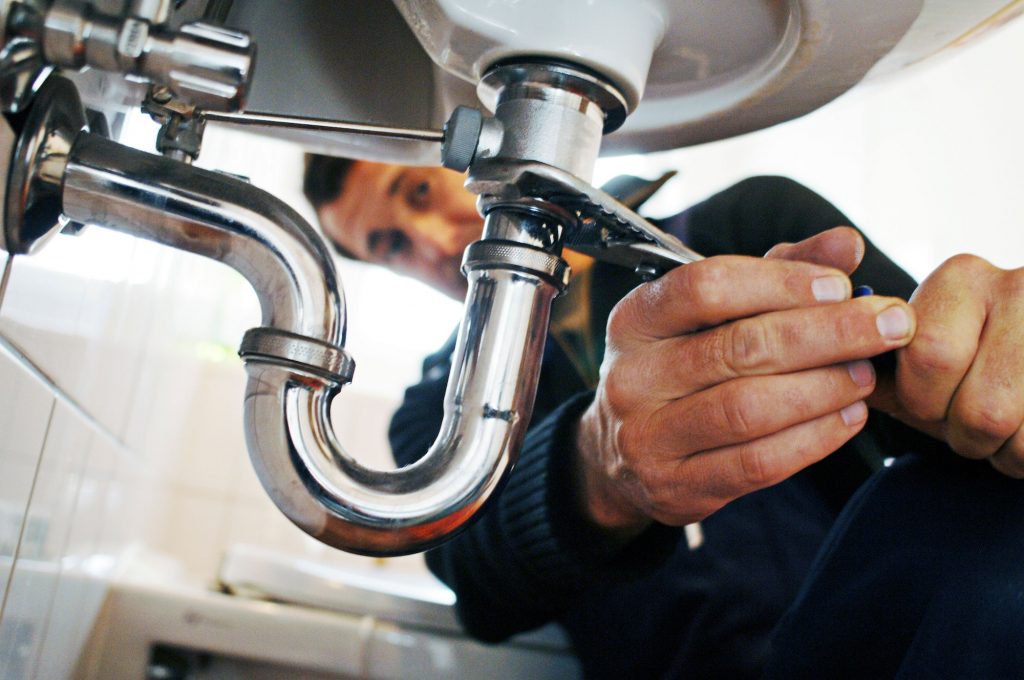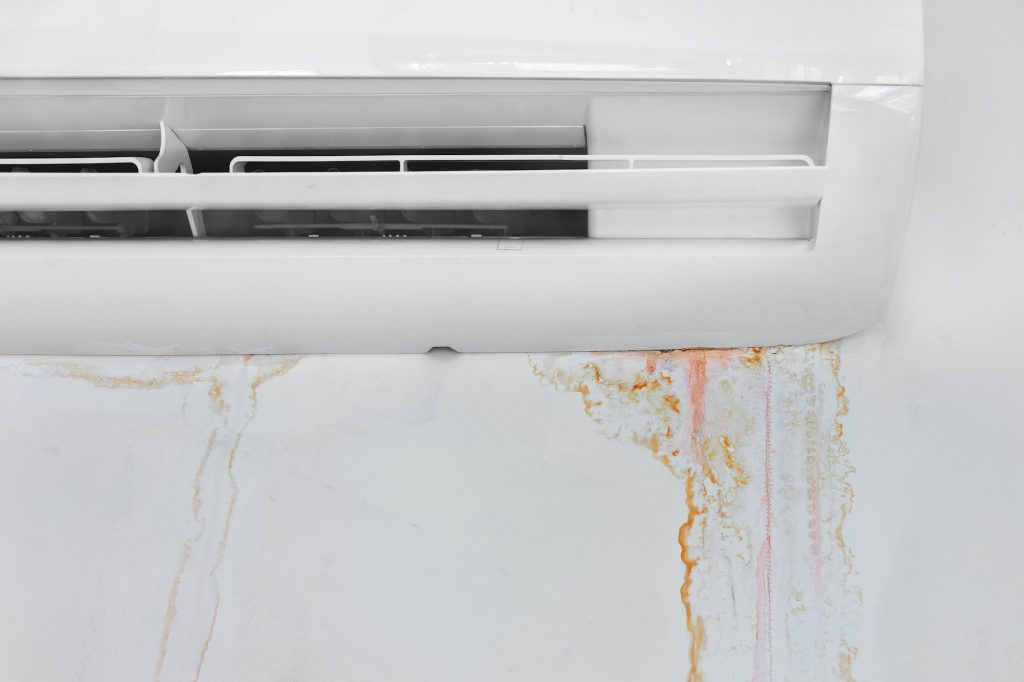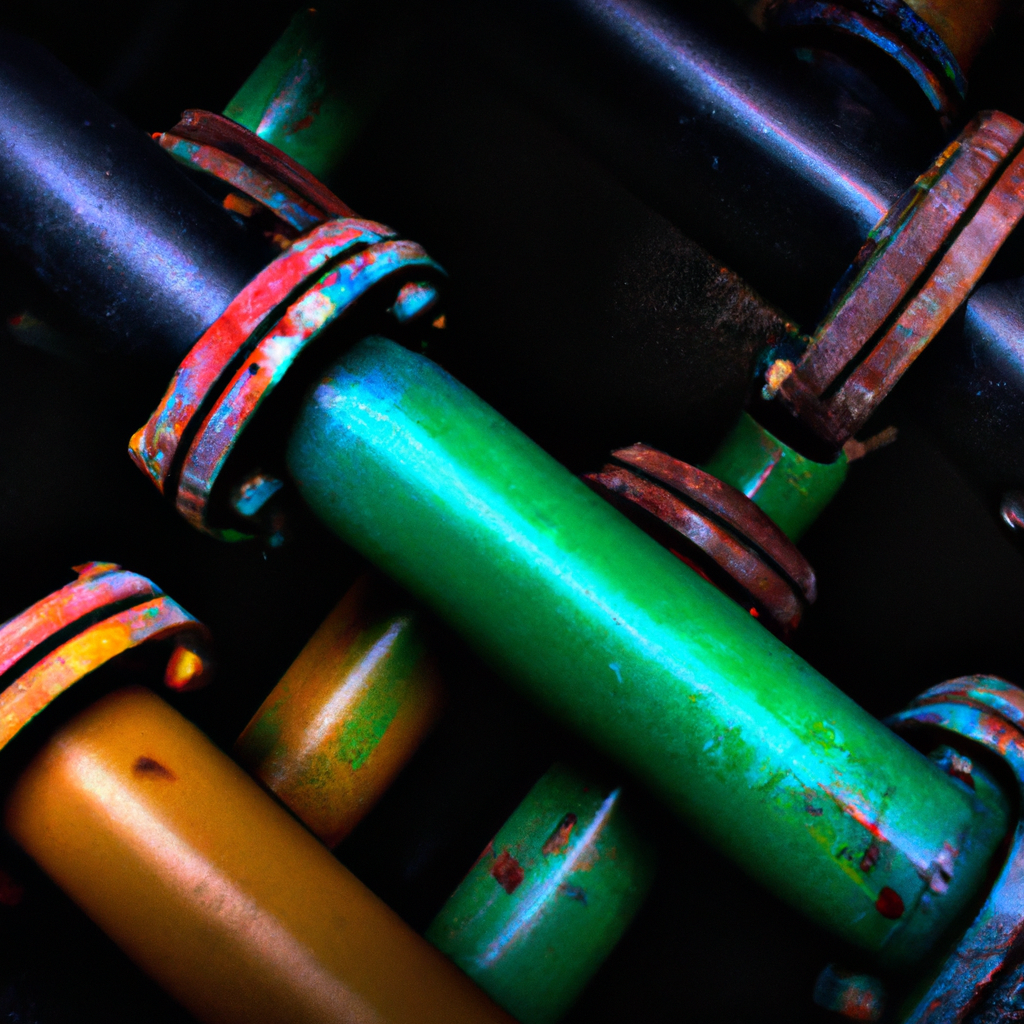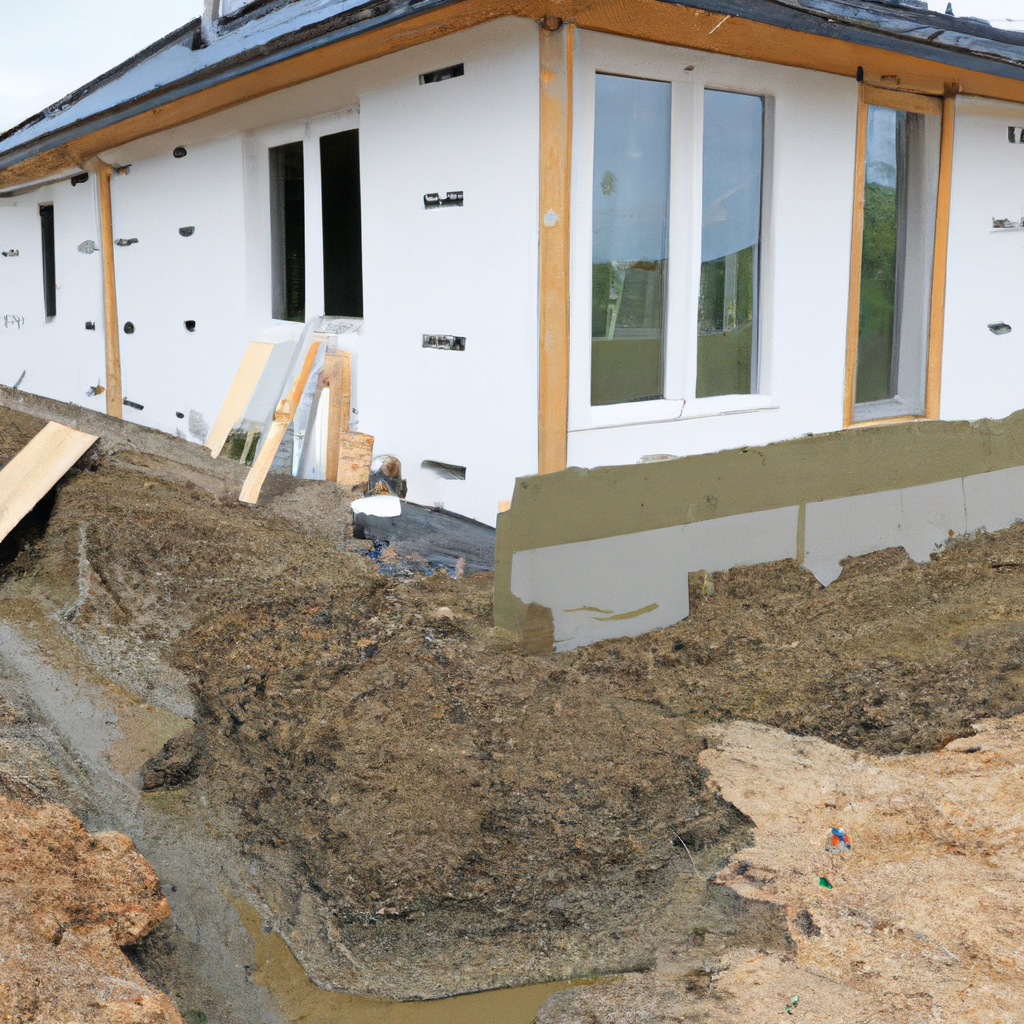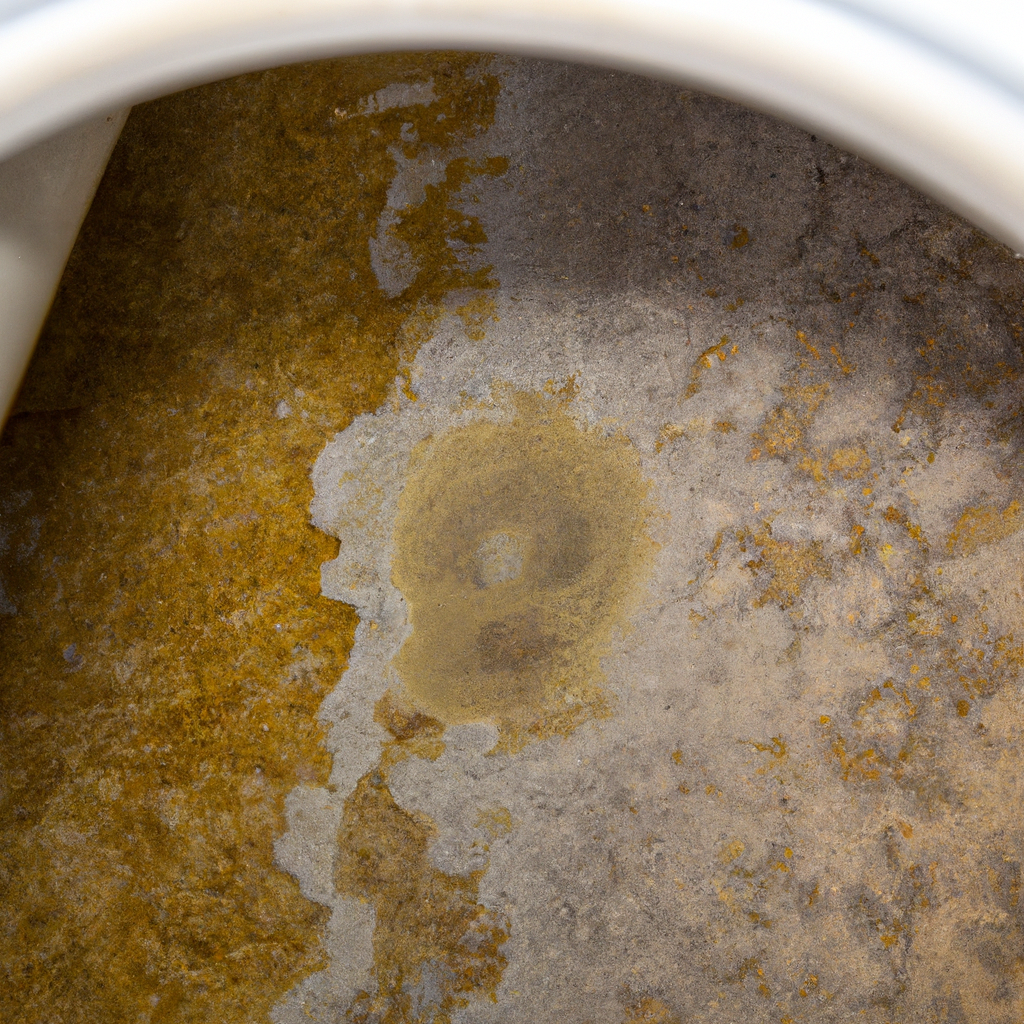
Welcome to our comprehensive guide on identifying and fixing water heater sediment build-up. As homeowners, we rely on our water heaters to provide us with hot water for various daily activities. However, over time, sediment can accumulate inside the tank, leading to reduced efficiency, increased energy consumption, and potential damage to the water heater. In this article, we will explore the causes and consequences of sediment build-up, provide step-by-step instructions on how to identify it, and offer effective solutions to fix the issue. So, let’s dive in and learn how to combat the silent saboteur lurking in our water heaters!
What Causes Water Heater Sediment Build-Up?
Water heater sediment build-up occurs due to the presence of minerals, such as calcium and magnesium, in the water supply. These minerals settle at the bottom of the tank over time, forming a layer of sediment. The extent of sediment build-up depends on several factors, including the hardness of the water, temperature settings, and the age of the water heater.
The Consequences of Water Heater Sediment Build-Up
- Reduced Efficiency: As sediment accumulates at the bottom of the tank, it forms a barrier between the heating element and the water. This insulation effect reduces the efficiency of the water heater, as it takes longer to heat the water to the desired temperature. Consequently, you may experience longer wait times for hot water and increased energy consumption.
- Increased Energy Consumption: Inefficient water heaters require more energy to heat the water, resulting in higher utility bills. Sediment build-up not only reduces the overall efficiency but also forces the heating element to work harder and longer to maintain the desired temperature.
- Risk of Damage: Excessive sediment build-up can lead to damage to the water heater. As the heating element struggles to heat the water, it may overheat or burn out, necessitating costly repairs or even replacement of the entire unit. Additionally, sediment can clog pipes, valves, and other components, further compromising the functionality of the water heater.
Identifying Water Heater Sediment Build-Up
- Strange Noises: Sediment build-up often leads to the formation of pockets of trapped air. As the water heater heats the water, these pockets burst, resulting in popping or rumbling sounds. If you notice unusual noises coming from your water heater, sediment build-up could be the culprit.
- Reduced Hot Water Supply: If you find that your hot water supply is diminishing over time, sediment build-up might be to blame. The sediment layer at the bottom of the tank reduces the available space for hot water storage, resulting in less hot water being available for your needs.
- Fluctuating Water Temperature: Sediment build-up can disrupt the normal functioning of the water heater’s thermostat. This can cause the water temperature to fluctuate unexpectedly, making it difficult to maintain a consistent and comfortable hot water supply.
- Discolored Water: When sediment accumulates in the tank, it can mix with the water, leading to discoloration. If you notice rusty or muddy water coming from your hot water taps, it could indicate the presence of sediment in your water heater.
Fixing Water Heater Sediment Build-Up
Now that we have identified the signs of sediment build-up, let’s explore some effective methods to fix this issue and restore your water heater’s efficiency.
1. Flushing the Water Heater
One of the most common and straightforward methods to remove sediment build-up is by flushing the water heater. Here’s how you can do it:
- Turn off the power supply: Before starting the flushing process, ensure that the water heater is turned off and unplugged to prevent any accidents.
- Locate the drain valve: The drain valve is typically located near the bottom of the water heater. Attach a hose to the valve and place the other end in a suitable drainage area.
- Open the pressure relief valve: To facilitate the draining process, open the pressure relief valve on the water heater. This will allow air to enter the tank, enabling a smooth flow of water during flushing.
- Drain the tank: Slowly open the drain valve and let the water flow out through the hose. Be cautious as the water may be hot. Allow the tank to completely drain until the water runs clear.
- Flush with cold water: Close the drain valve and remove the hose. Turn on the cold water supply to the water heater, and let it run for a few minutes to flush out any remaining sediment.
- Restore power and monitor: Once the flushing process is complete, close the pressure relief valve and turn on the power supply to the water heater. Monitor the unit for any signs of improved efficiency or reduced sediment accumulation.
2. Installing a Sediment Filter
Another effective way to prevent sediment build-up is by installing a sediment filter in the water supply line leading to the water heater. This filter will trap and remove any minerals or debris before they enter the tank, reducing the likelihood of sediment accumulation. Consult a professional plumber to ensure proper installation and maintenance of the sediment filter.
3. Regular Maintenance and Inspection
To keep your water heater in optimal condition and prevent sediment build-up, it is essential to perform regular maintenance and inspections. Here are a few maintenance tips:
- Check the anode rod: The anode rod is designed to attract corrosive elements in the water, protecting the tank from rusting. Inspect the rod annually and replace it if it shows significant signs of corrosion.
- Adjust the temperature: Lowering the temperature settings on your water heater can help reduce sediment build-up. Consult the manufacturer’s guidelines to ensure safe and efficient temperature adjustments.
- Schedule professional maintenance: Consider hiring a professional plumber to conduct periodic maintenance on your water heater. They can inspect the unit, flush the tank if necessary, and identify any potential issues before they escalate.
Conclusion
Water heater sediment build-up can silently sabotage the performance and efficiency of your water heater. By understanding the causes, consequences, and methods of identifying and fixing sediment build-up, you can take proactive steps to maintain a reliable hot water supply while reducing energy consumption. Regular maintenance, flushing the water heater, and installing a sediment filter are effective strategies to combat sediment build-up and extend the lifespan of your water heater. Protect your investment and enjoy consistent hot water by staying vigilant and addressing sediment build-up promptly.

